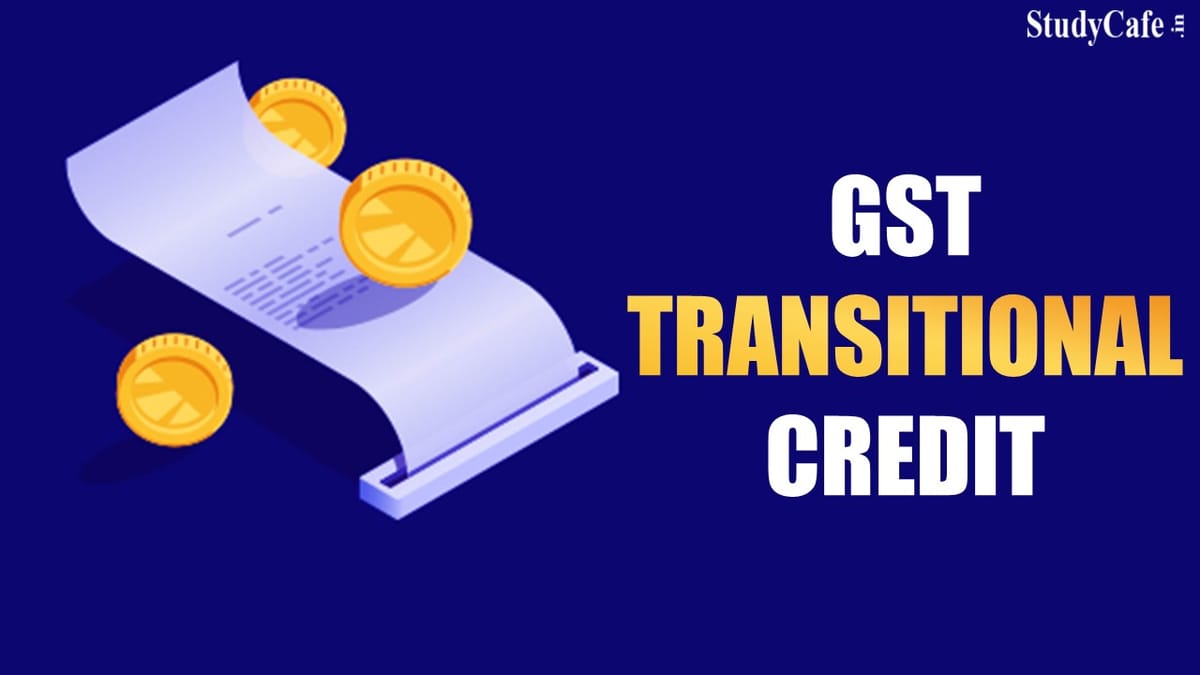Reetu | Aug 10, 2022 |

GST Dept. to Speedly Complete Verification of GST Transitional Credit Claims: CAG
The indirect tax department should complete the verification of the transitional credit allowed under the GST process, according to recommendation of the Comptroller and Auditor General(CAG). Assessees were allowed to submit the GST Form TRAN-1 and make a tax credit claim on the grounds of closing the balance of credit specified in the prior return under the pre-goods and services tax (GST) regime because the GST transition section was incorporated as of the first of July 2017.
The CAG stated that an audit assessment revealed serious irregularities in taxpayers’ claims for transitional credits in the Compliance Audit Report on GST for the year ended March 2021, which was presented to Parliament on Monday.
The Central Board of Indirect Taxes and Customs (CBIC) was cited as having disclosed the top 50,000 cases in the 2018–19 financial year that sought the greatest amount of transitional credit toward verification; however, the practise had not yet been completed, and the council had not yet validated the 8849 cases.
“The recovery rate for found irregularities was minimal. Verification and the beginning of recovery actions were hampered by cross-jurisdictional issues and a lack of coordination in some zones’ central tax authorities”, according to the CAG.
The mismatch was found to be greater in four classifications, including ineligible credit for duty-paid items in stock without documentation, irregular claim on unclaimed credit for capital goods, ineligible credit for inputs or input services in transit, and irregular claim on closing balances.
According to the audit, “ensuring verification of the high risk claims reflected in Table 7aB of Tran 1 (credit on duty paid stock without invoices) and the instances where the transitional credit claim under Table 5a (closing credit balance of legacy returns) was in excess of the closing balance of legacy return” are both highly advised.
It would be clear from a CAG audit if there were sufficient information discrepancies between the tax-exempt value and the reported tax due.
There were discrepancies between the CGST and SGST components of the GST as well as the figures obtained in the GSTR-3B and GSTR-9 forms.
The CAG stated that “severe inconsistencies in the GST data prevented audit from establishing the dependability of data, for the purpose of obtaining audit insights and trends in GST income and analysing high risk areas such as tax liability and ITC mismatch at the pan-India level.”
In case of any Doubt regarding Membership you can mail us at contact@studycafe.in
Join Studycafe's WhatsApp Group or Telegram Channel for Latest Updates on Government Job, Sarkari Naukri, Private Jobs, Income Tax, GST, Companies Act, Judgements and CA, CS, ICWA, and MUCH MORE!"